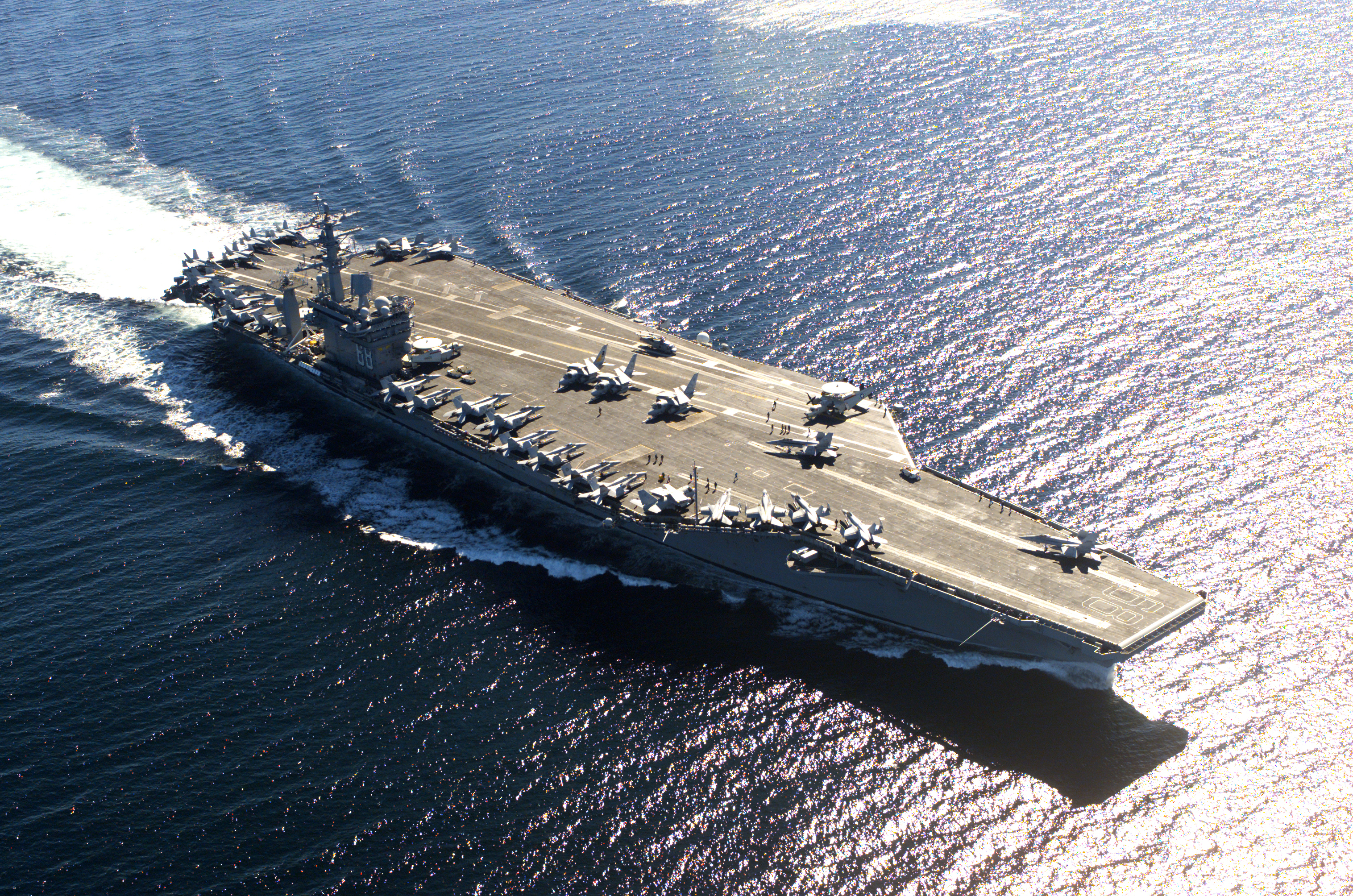Only "expensive"?KitemanSA wrote:FYIOn Sat Dec 01, 2012 12:20 pm, after an edit at 12:39 pm, KitemanSA wrote:Not sure why you say this. Assume ~10 escort ships per CSG at ~75MW per ship, the two AONs would need to produce ~1500MW power each, given efficiencies. We put that kind of power into carriers now, shock / battle hardened, instant restartable, i.e. EXPENSIVE power now.D Tibbets wrote:The question boils down to the volume/ weight of a hydrocarbon or ammonia production facility and and it.s output rate. I have the impression that these limiting factors are far from being met, irregardless of the type of ship bearing the plant.
How about to see how comparable size "Fukishima 1" 1827 MW looks like?
http://en.wikipedia.org/wiki/List_of_nu ... r_stations
Also roomy elecrolizers, roomy ammonia synthesis loop, etc.
I understand that carriers are really big ships, but not so big to allow such installations.
And phrase "EXPENSIVE power" gives me idea that since 1 December you do not like your "smart" idea yourself.
Good luck.
